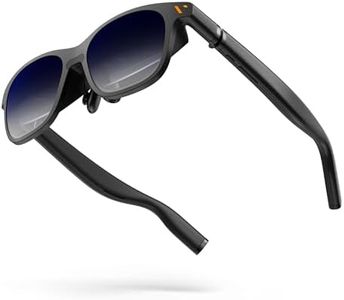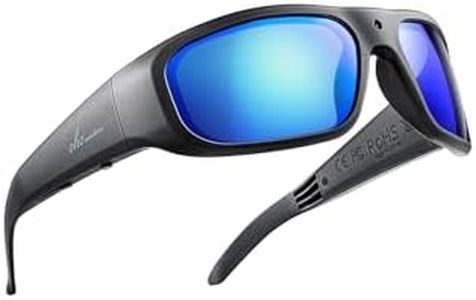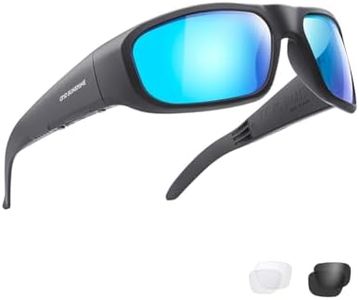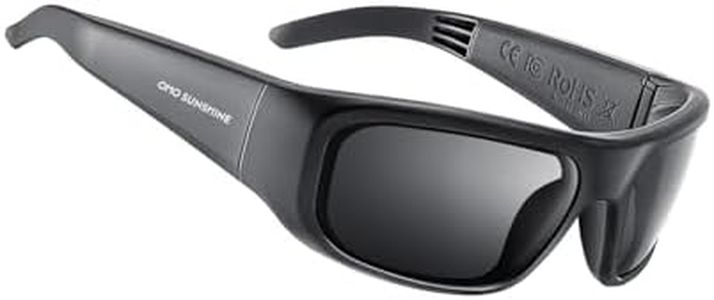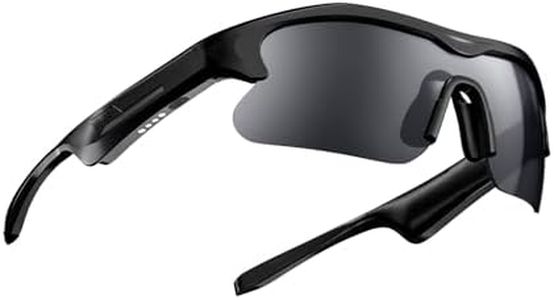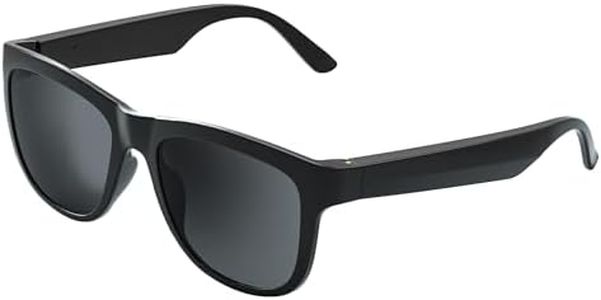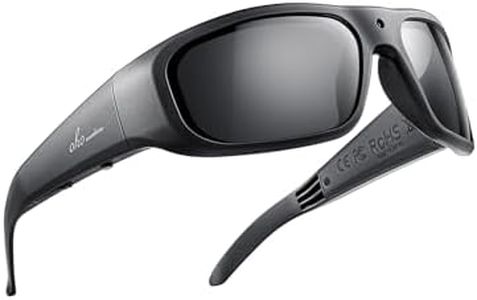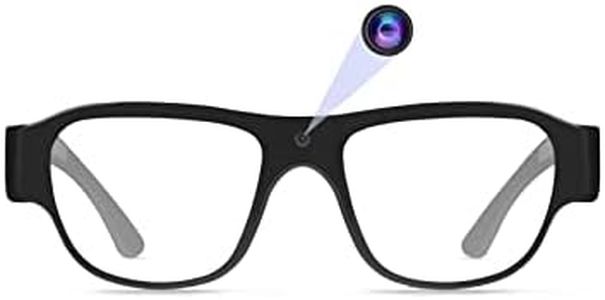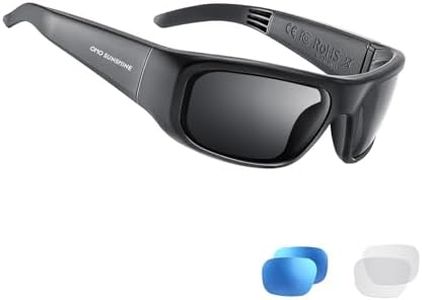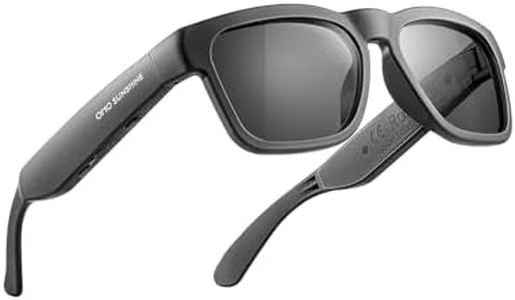We Use CookiesWe use cookies to enhance the security, performance,
functionality and for analytical and promotional activities. By continuing to browse this site you
are agreeing to our privacy policy
10 Best Smart Glasses
From leading brands and best sellers available on the web.By clicking on a link to a third party's website, log data is shared with that third party.
Buying Guide for the Best Smart Glasses
Choosing smart glasses is about finding a balance between useful technology and comfortable eyewear suited to your lifestyle. Before buying, consider how you plan to use the glasses—whether for notifications, fitness tracking, music, hands-free calls, or even augmented reality. Remember, smart glasses should enhance your daily life without feeling intrusive or burdensome. Think about how much time you’ll wear them each day, what features you’ll actually use, and how they’ll fit into your typical routines.Display TypeDisplay type refers to whether and how the glasses project information in your line of sight. Some models have heads-up displays, while others use more subtle indicators or lack a display entirely. This matters because an active display can make the glasses much more useful for navigation, notifications, or augmented reality, but it can also be distracting if you just want simple features. Fully-featured, immersive displays are best for those interested in advanced functions like AR, while notification-only or minimal displays suit users who want discreet smart features without interruption.
Battery LifeBattery life determines how long the glasses can run before needing a recharge, usually measured in hours. This is important because heavier usage of audio, displays, or connectivity features can drain the battery quickly. Shorter battery life (under 4 hours) is often found in models with more advanced or brighter displays, while simpler models can last a day or more. If you want your glasses to last through long workdays or outdoor activities, prioritize longer battery life, but if you’ll wear them briefly or in short sessions, shorter battery times could be enough.
Audio CapabilitiesAudio features might include speakers near the ear, microphones for voice commands, and sometimes noise-canceling technology. This is especially relevant if you plan to take calls, listen to music, or use voice assistants. Some glasses have bone-conduction speakers, which let you hear ambient sounds while listening to audio, while others offer more traditional speakers for a more private sound. Choose based on whether you want privacy and sound immersion or to stay aware of your surroundings—important, for example, when walking in busy areas.
Camera FunctionalitySome smart glasses include a built-in camera for taking photos or videos on the go. This is useful for capturing hands-free media or video calling, but it can raise privacy concerns and may not be allowed in some spaces. If you frequently document your life, travel, or need visual recording for work, camera-enabled glasses could be handy. If not, or if privacy is a worry, you may prefer models without cameras.
ConnectivityConnectivity refers to how the smart glasses link to other devices, usually through Bluetooth, Wi-Fi, or mobile networks. Good connectivity is essential for syncing with smartphones, receiving notifications, or downloading data. Bluetooth-only models are sufficient if you mainly want notifications or audio, while Wi-Fi and cellular features are better for more independent use, such as direct streaming or updates. Think about whether you'll use the glasses alone or mainly alongside your phone, as this will guide your connectivity needs.
Prescription Lens CompatibilityIf you wear corrective lenses, prescription compatibility means the frames can accommodate your personalized lenses, either fitted by the manufacturer or by your own optometrist. This is crucial for people who need vision correction, as not all smart glasses support prescription lenses. If you need vision support, always check the compatibility before buying to ensure you’ll get the visual clarity and comfort you require.
Comfort and WeightComfort and weight directly affect how long you'll enjoy wearing the glasses. Heavier or rigid models can cause discomfort, especially for extended use, while lightweight and ergonomically designed frames are better for all-day wear. Try to choose a pair that matches your usual style of eyewear and doesn’t feel too heavy or tight. Think about your typical day: if you plan to wear them for hours or while active, prioritize lightweight and flexible frames.
Control InterfaceControl interface refers to how you interact with the glasses—touchpads, buttons, voice commands, or gesture controls. Some people prefer hands-free voice controls for convenience, while others might feel more comfortable with physical buttons or touch gestures for privacy or simplicity. Consider which method feels intuitive and seamless given your habits, environment, and how you expect to use the glasses.
